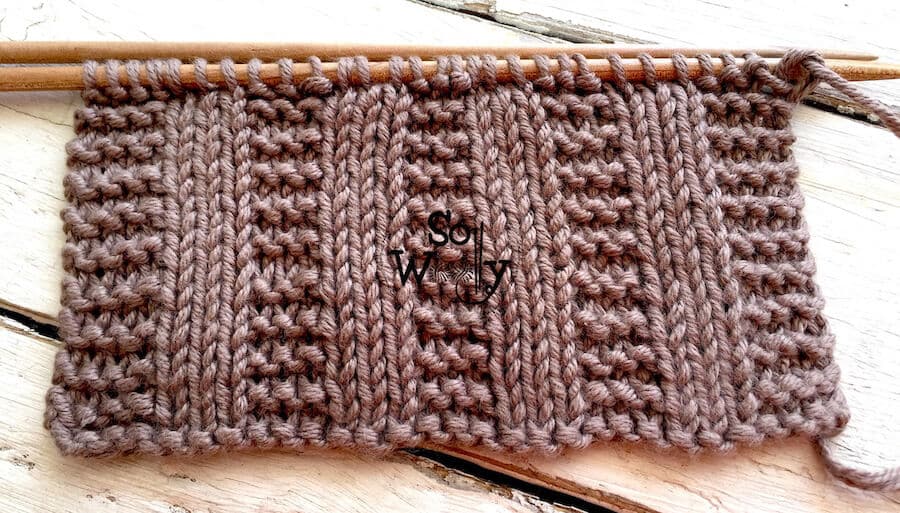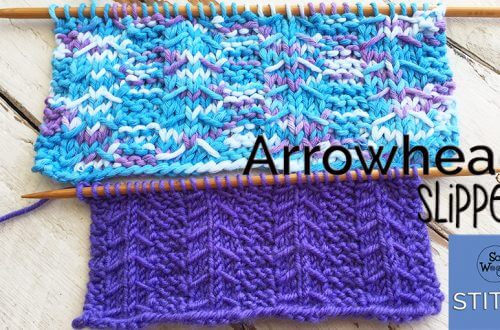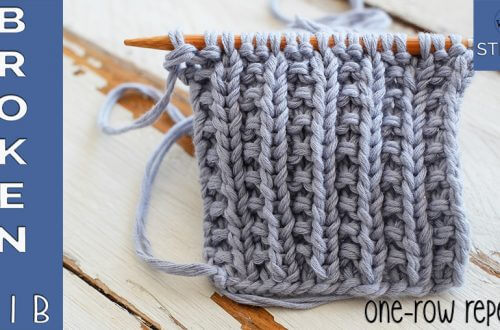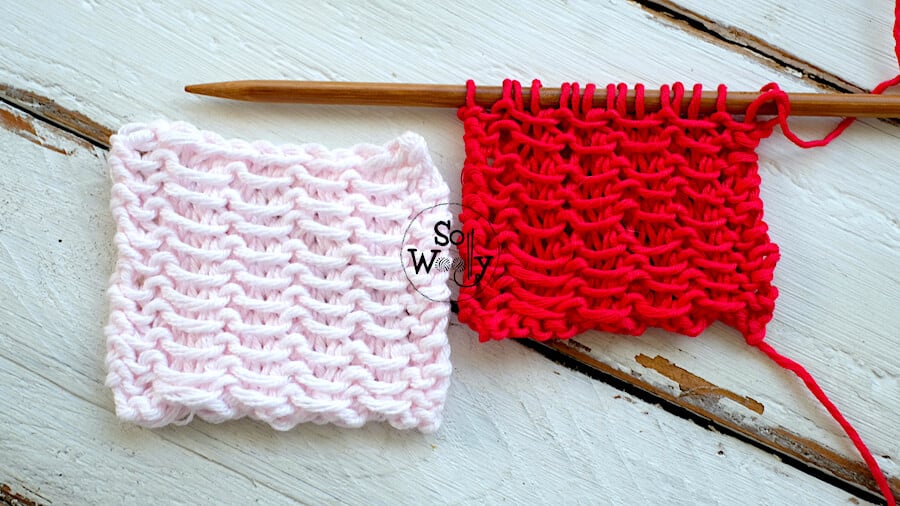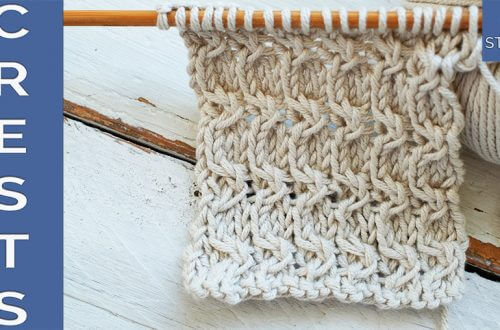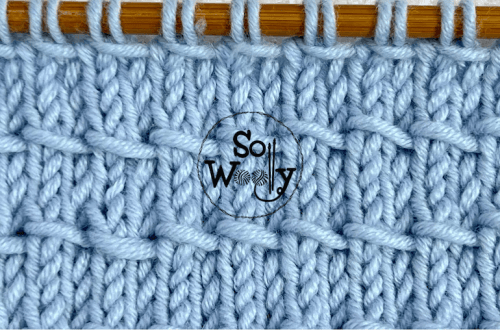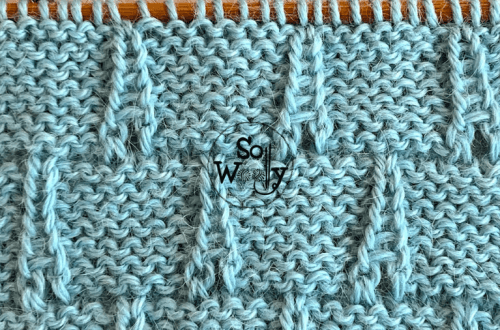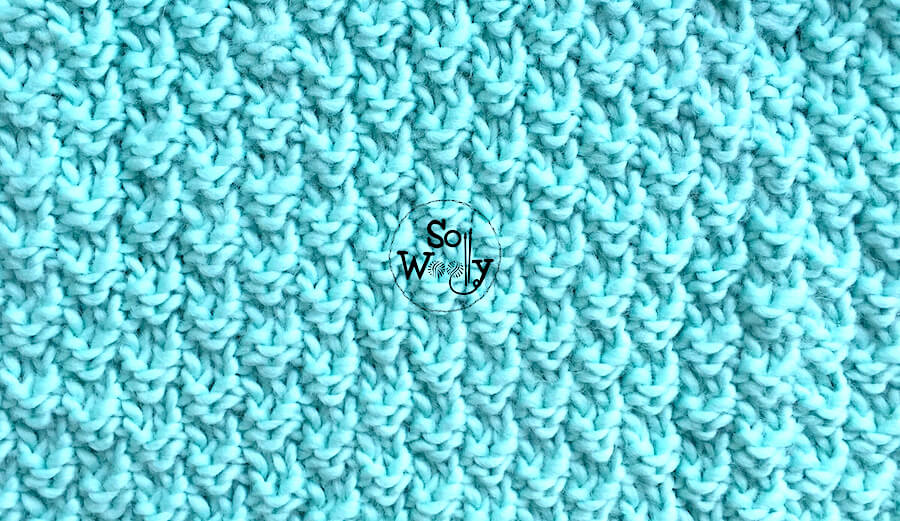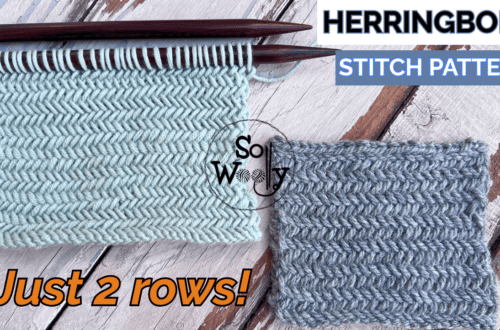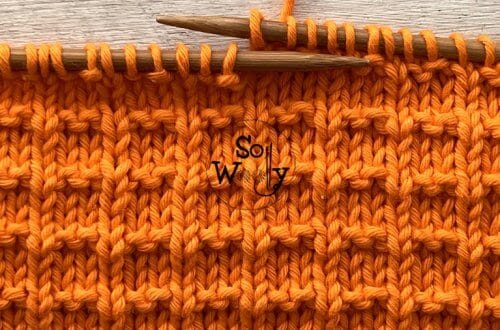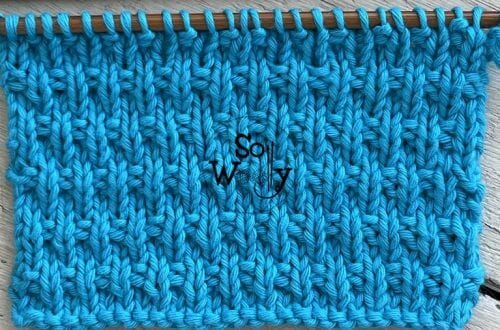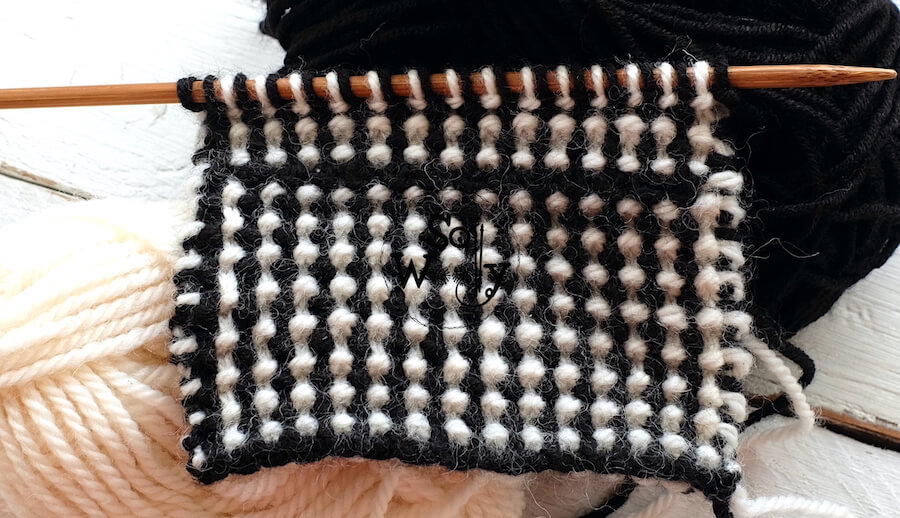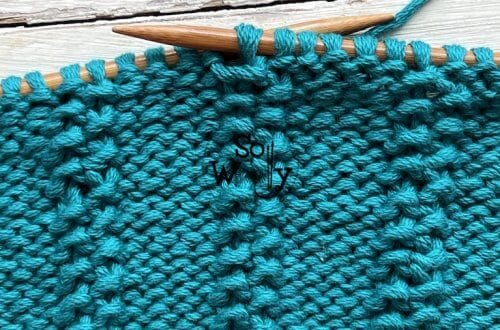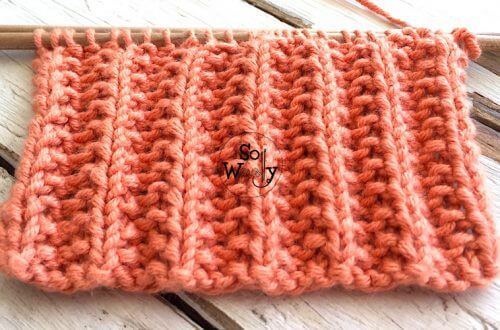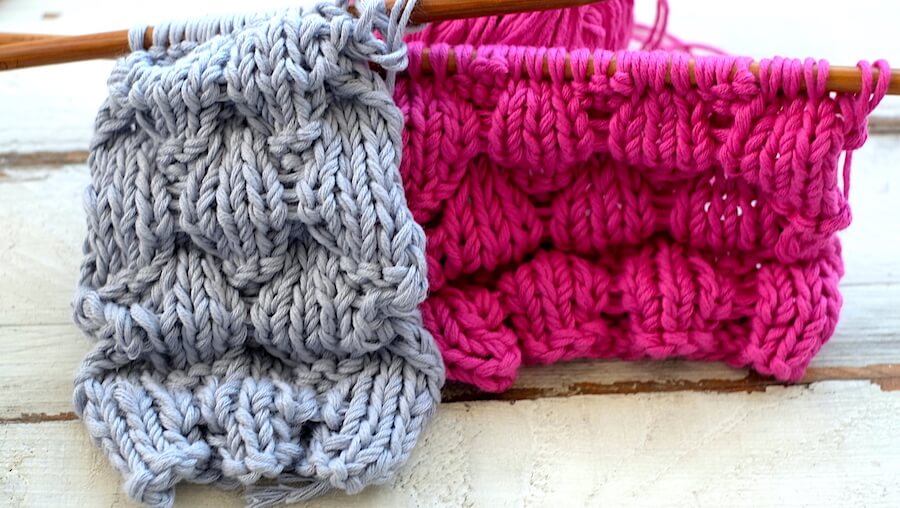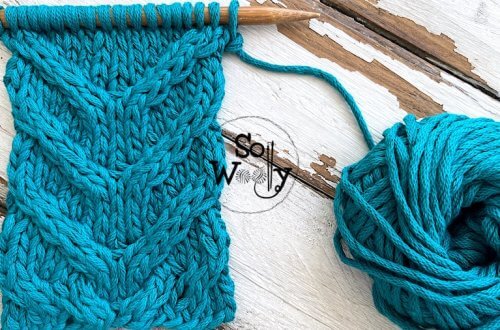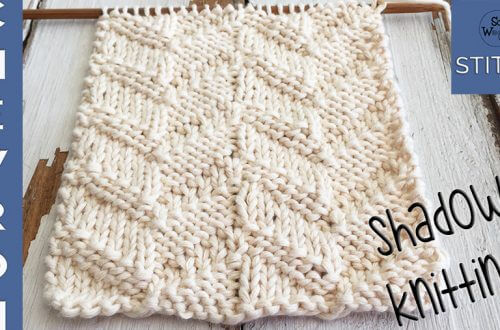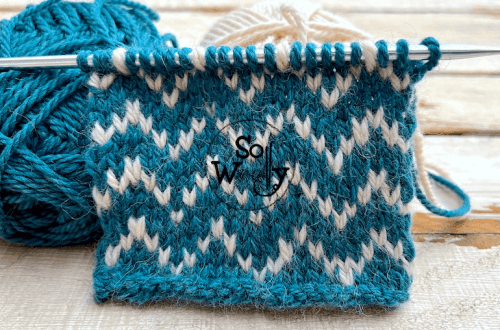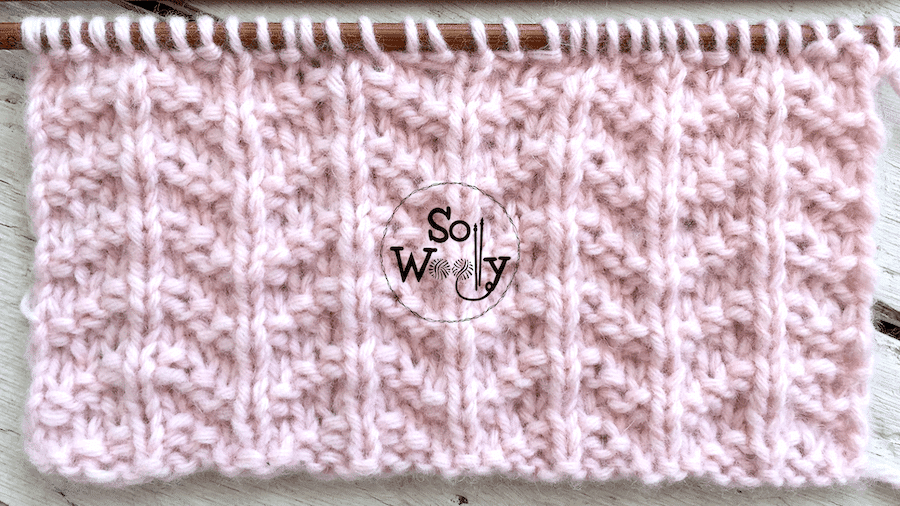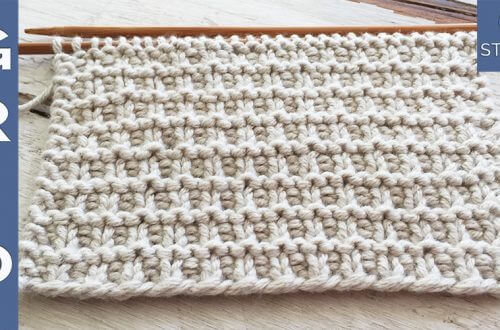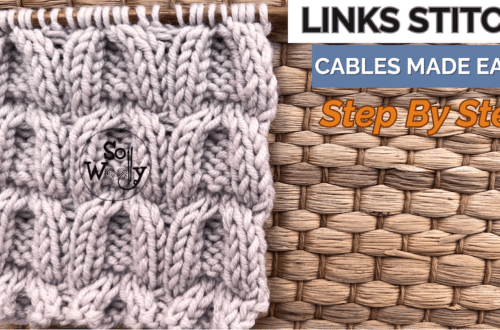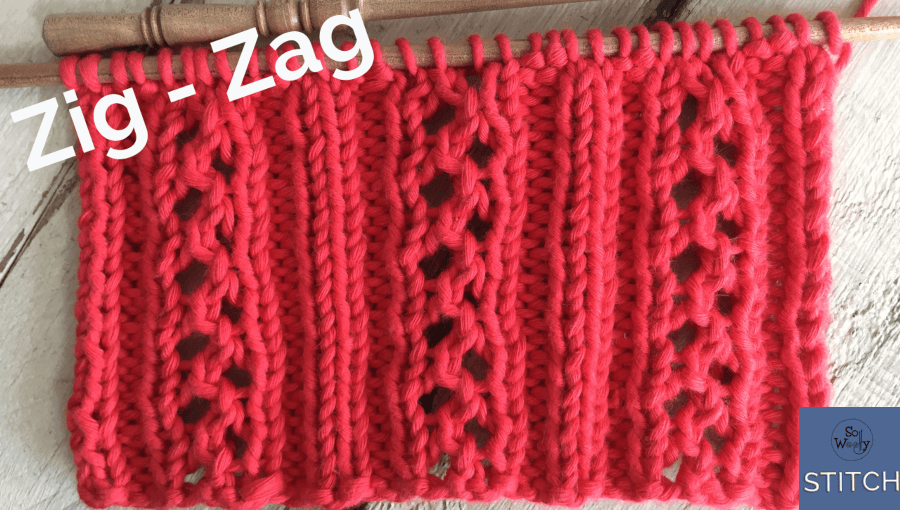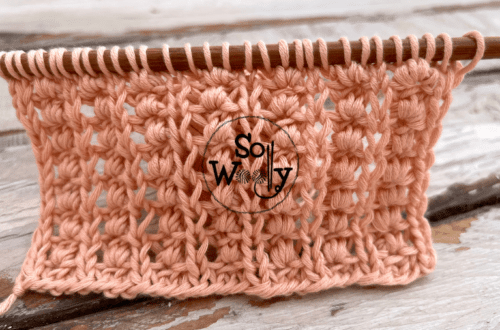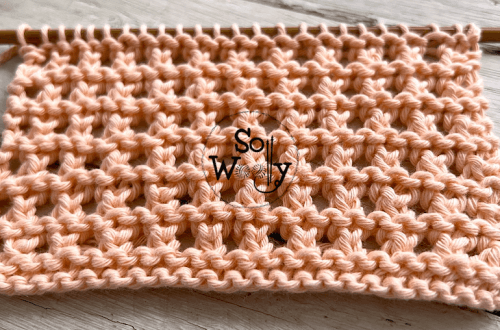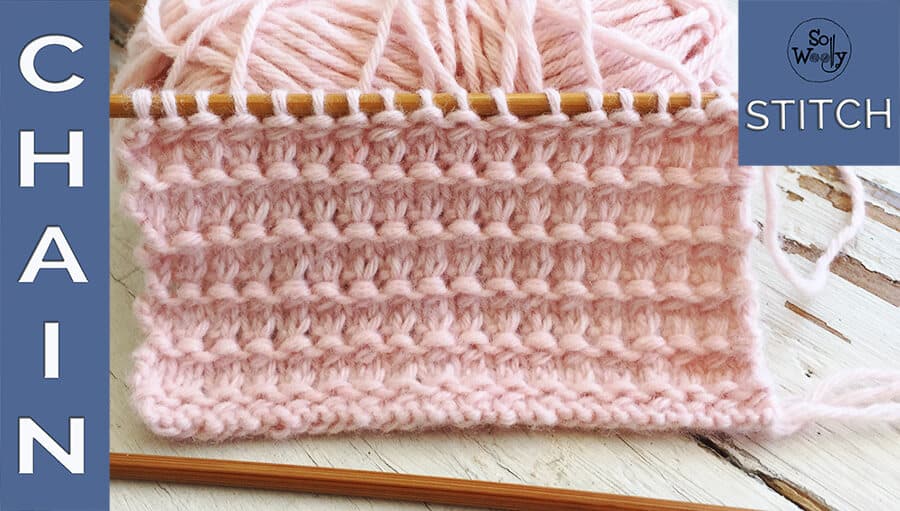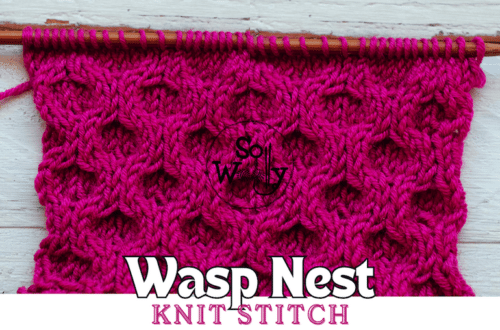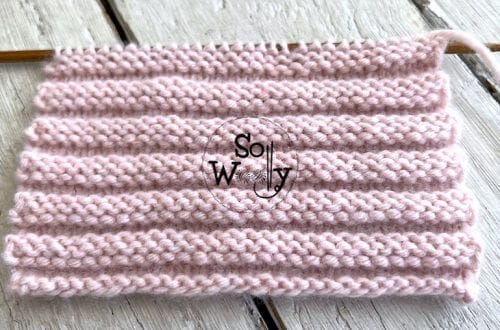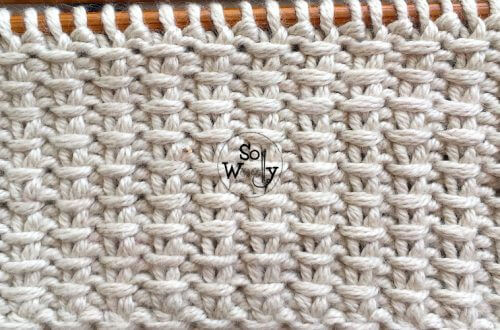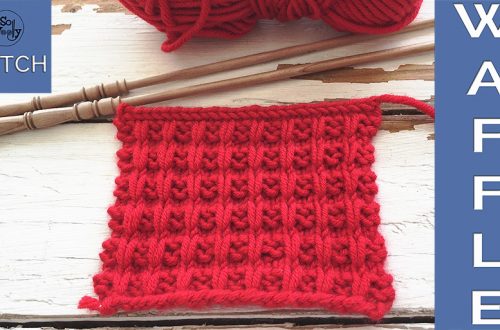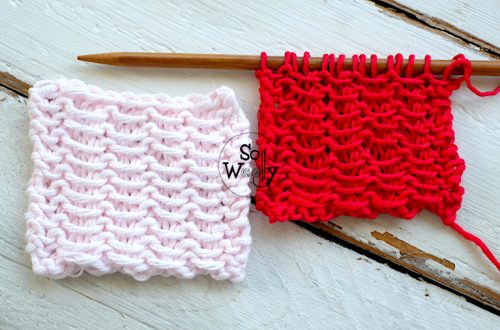-
Garter stitch Rib: A super easy two-row repeat knitting pattern, great for beginners
In this tutorial, you’ll learn how to knit the Garter stitch Rib, step by step (it reminds me of the Ribbed Garter pattern, we practiced a while ago). It’s super easy to do, ideal for beginners: The only techniques required are knitting and purling, and the pattern is made in just two rows. Although, at first sight, the Garter stitch Rib doesn’t seem reversible, the wrong side of the work looks adorable too 😉 So, it’s the perfect option for scarves, blankets, rectangular shawls, and any other project of your choice (it’s a unisex pattern, so it can be used for girls’ and boys’ garments). Besides, due to the frequent…
-
How to knit the Horizontal stitch: A reversible two-row repeat pattern
The Horizontal stitch is an adorable two-row repeat pattern, not complicated at all, great for beginners (no purling needed!). Although its sides aren’t identical, both look pretty, and as such this is why its reversible imho. Why? Well, one of the sides features a wavy texture; the other, a bumpy pattern with vertical lines that prevent the fabric from curling 🙂 It’s also easy and fun to knit: One row is a plain knitting row; the other, involves knit stitches and slip stitches, which makes us to progress rapidly… something that we knitters love, don’t we? Bellow are two swatches, both made of 100% cotton yarn for US 6 needles…
-
Double Moss stitch and how to control the tension in your knitting
In this tutorial, you’ll learn another classic in the knitting world: The Double Moss stitch, its great for beginners. Sure, it’ll sound familiar for all of us veterans, but I’ve noticed that it’s often mistaken for the Irish Moss stitch. Although at first sight they may seem the same, the main difference is that the term “double” refers to working the stitches in pairs (knit 2, purl 2 and vice versa). On the contrary, when knitting the Irish Moss pattern, the stitches are worked one by one (knit 1, purl 1 and vice versa). So I decided to demonstrate it both in English and Continental style, yes, yes I know,…
-
Two-Color Slip-Stitch knitting pattern (no purling required)
In this tutorial, I’m sharing how to knit the Two-Color Slip-Stitch pattern. A fluffy four-row repeat pattern that doesn’t curl, (and so easy, that there is no need to purl, yay!). It’s a nice option for blankets, baby stuff, but also, any kind of home decorations (table runner, placemats, cushions, etc.). Before anything else, I’d like to share some guidelines to obtain the best results when knitting the two-color slip-stitch pattern: In the first place, although rows 1 and 3, look very similar, as well as rows and 2 and 4, they are indeed different. So, please pay attention, because it’s easy to get confused the first time you try…
-
Puffy stitch knitting pattern: Versatile and rich in texture
In this tutorial, you’ll learn how to knit the Puffy stitch pattern: A fluffy, cozy stitch, which adds a lot of texture to the fabric. Because of its puffy look, it reminds me of the Fuchsia Flower stitch we practiced a while ago. On one hand, the Puffy stitch is pretty versatile, it can be used to create a single motif, you can also work just a row of puff stitch amongst a Stockinette stitch, or knit all rows of the stitch to make a puffy stitch fabric. It’s ideal for hats, blankets, or parts of a sweater/cardigan (like the sleeves, or the front/fronts). On the other hand, it’s easier…
-
Little Arrows knitting stitch pattern: Reversible, and it doesn’t curl!
In today’s tutorial, you’ll learn how to knit the Little Arrows stitch (similar to the Reversible Chevron stitch we learned a while ago, but much easier). A cute and delicate pattern, that features additional advantages: For starters, I want you to know that it’s pretty easy to do. The Little Arrow stitch is totally suitable for beginners, because it only requires knitting and purling (no increases, decreases, nor cables are needed). Secondly, it’s a reversible knitting pattern. Although it’s not identical on both sides, they both look really nice so you can choose whichever side you prefer. Moreover, due to the combination of knits and purls in each of its…
-
Zig-Zag Lace knitting pattern (easy-peasy and it doesn’t curl)
Today it’s all about Zig-Zag Lace, but first…Happy New Year, my little Woolly! May 2021 bless you with health, wealth, and happiness :)! In today’s tutorial, you’ll learn how to knit an easy Zig-Zag lace knitting stitch. A four-row repeat pattern, ideal for those knitters that haven’t tried lace yet… The Zig-Zag pattern is created by alternating two different decreases on each odd row; firstly, knitting two stitches together, which is a right leaning decrease, and then, another sort of single decrease, that results in a left leaning stitch. This pattern is the perfect solution when knitting a top or sweater, with a small touch of lace, but not a…
-
Chain stitch: An easy pattern for knitting baby stuff
The Chain stitch is one of those easy knitting patterns, ideal for beginners. Similar to the Hail stitch, it’s a horizontal pattern, not reversible, but it doesn’t curl. A four-row repeat stitch, adorable, delicate, great for knitting baby clothing and accessories (hats, cardigans, blankies, mittens, etc). This is the perfect stitch to practice the easiest decreases and increases that exist in the knitting world, combined with basic knits and purls. Grab your needles and let’s go! Abbreviations CO: Cast on RS: Right side of the work K: Knit P: Purl k2tog: Knit two stitches together (this is the easiest way to decrease one stitch) kfb: Knit front and back. Knit…
-
One row knitting stitch: Easy, reversible and it doesn’t roll (great for scarves)!
A lovely stitch pattern that doesn’t roll, and is identical on both sides of the work, great for knitting scarves and blankies. It has a nice texture and is really easy to knit, only 4 steps to remember, ideal for beginners. It has only one row that you repeat until you reach the length needed. That’s it! Abbreviations CO: Cast on K: Knit P: Purl Ktbl: Knit through the back loop BO: Bind off One Row stitch CO multiples of 4 + 2 stitches, i.e.: 4 * 5 = 20 + 2 = 22 stitches. 1º and only row: *K2, K1tbl, P1*. Repeat from * to * ending with K2.…
